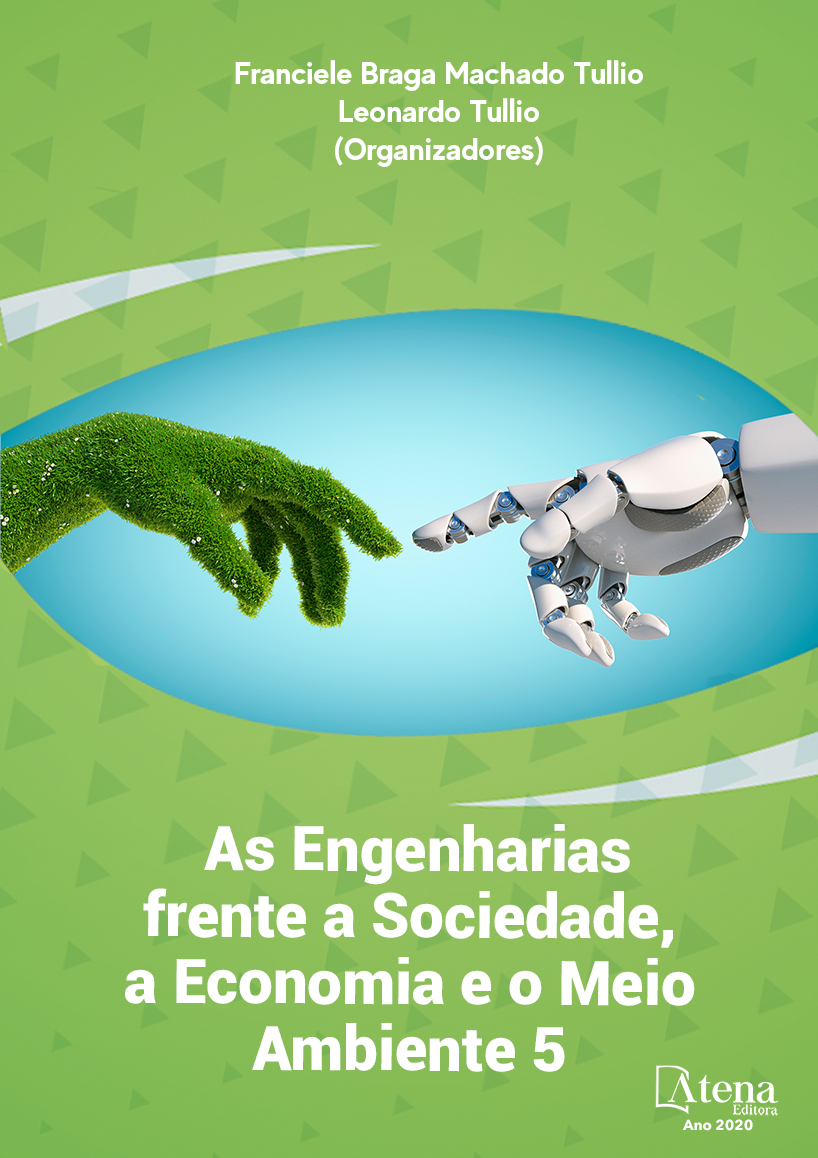
ANÁLISE QUALITATIVA E QUANTITATIVA DE CONFORTO TÉRMICO E DE TRANSFERÊNCIA DE CALOR EM UNIDADE DE SAÚDE
As pessoas passam a maior parte do tempo em ambientes fechados, desenvolvendo suas atividades cotidianas. Dessa forma, entender a relação térmica entre o indivíduo e o ambiente ao qual está inserido é primordial, uma vez que dependendo do tipo de relação, as influências exercidas no desempenho das atividades podem ser negativas ou positivas. Assim, objetivou-se analisar o conforto térmico de modo qualitativo e quantitativo e a transferência de calor em uma unidade de saúde de Cuiabá-MT. Para isso, as variáveis temperatura superficial, temperatura do ar, umidade relativa do ar, velocidade do ar e a temperatura das camadas-limite, foram aferidas durante 3 dias de fevereiro de 2020 e em 4 horários (8h, 11h, 14h e 16h). De posse dos dados, preencheu-se o software CBE Thermal Comfort Tool, para obtenção dos resultados quantitativos de conforto térmico e, para aquisição dos resultados qualitativos, utilizou-se as respostas de percepção térmica dos funcionários, respondidas em questionários. Já para o cálculo da transferência de calor, considerou-se apenas o mecanismo de radiação. Foi possível observar que o horário que os funcionários julgaram menos desconfortável foi o de 8h, e o horário de mais desconforto foi o de 16h, mas todos os horários apresentaram resultado de desconforto térmico. A média de calor transferido por dia na sala do posto de saúde foi de 840,68W. Assim, um ar condicionado de 3000 BTUs já seria suficiente para refrigerar o ambiente e trazer conforto térmico aos funcionários em todos os horários.
ANÁLISE QUALITATIVA E QUANTITATIVA DE CONFORTO TÉRMICO E DE TRANSFERÊNCIA DE CALOR EM UNIDADE DE SAÚDE
-
DOI: 10.22533/at.ed.87220080619
-
Palavras-chave: radiação, temperatura, umidade
-
Keywords: radiation, temperature, humidity
-
Abstract:
People spend most of their time indoors, developing their daily activities. Thus, understanding the thermal relation between the individual and the environment to which he is inserted is paramount, since depending on the type of relation, the influences exerted on the performance of activities can be negative or positive. Thus, the objective was to analyze thermal comfort in a qualitative and quantitative way and heat transfer in a health unit in Cuiabá-MT. For this, the variables surface temperature, air temperature, relative air humidity, air speed and the temperature of the boundary layers, were measured during 3 days of February 2020 and at 4 schedules (8h00, 11h00, 14h00 and 16h00). With the data in hand, the CBE Thermal Comfort Tool software was filled in to obtain the quantitative results of thermal comfort and, to acquire the qualitative results, the employees' thermal perception responses were used, answered in questionnaires. For the calculation of heat transfer, only the radiation mechanism was considered. It was possible to observe that the time that the employees found the least uncomfortable was 8:00 am, and the most uncomfortable time was 4:00 pm, but all hours showed the result of thermal discomfort. The average heat transferred per day in the health unity room was 840.68W. Thus, an air conditioning of 3000 BTUs would be enough to cool the environment and bring thermal comfort to employees at all times schedules.
-
Número de páginas: 15
- Ana Clara Alves Justi
- Gabriel Henrique Justi
- Maribel Valverde Ramirez
- Gabriela Regina Rosa Galiassi


